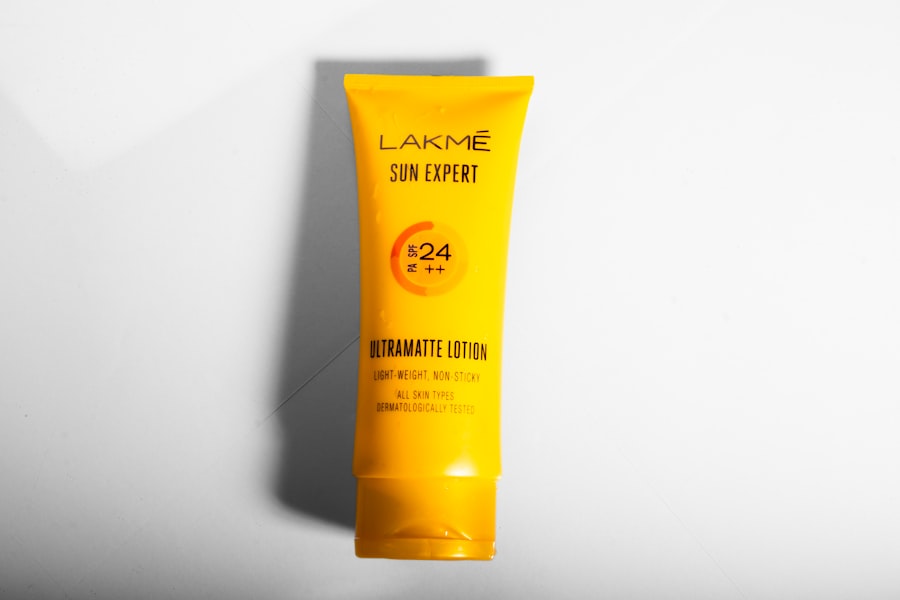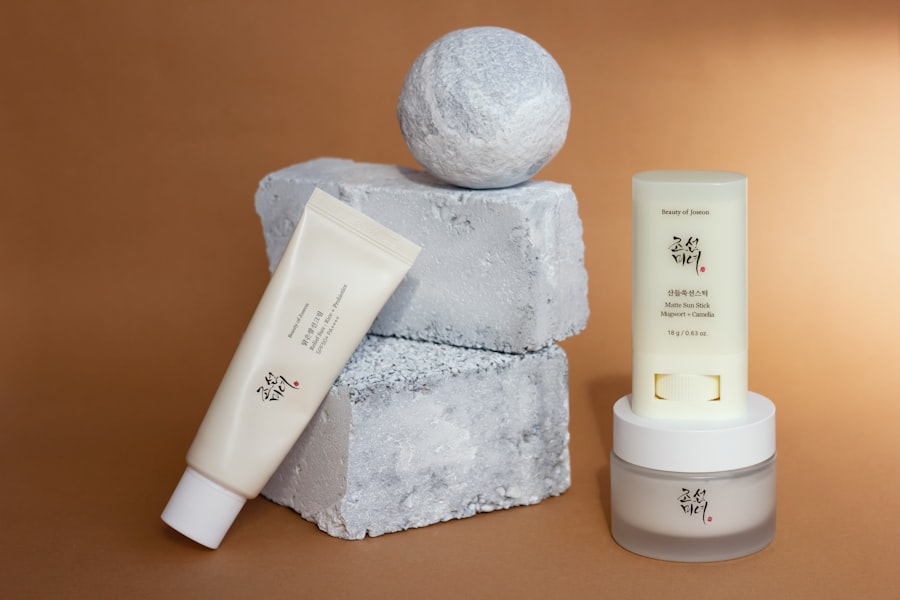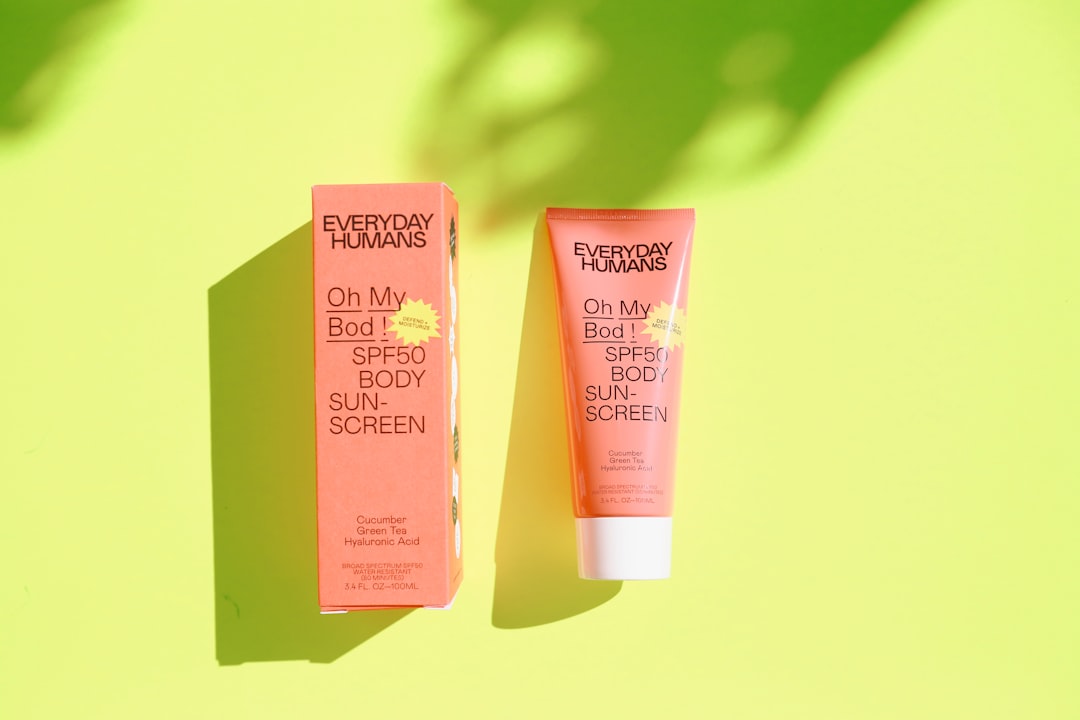When you consider laser hair removal, it’s essential to understand how this procedure interacts with your skin. Laser hair removal works by targeting the pigment in hair follicles, using concentrated light to destroy them. This process can lead to various skin reactions, including redness, swelling, and temporary discomfort.
While these effects are typically mild and subside within a few hours to a few days, your skin may be more sensitive than usual following the treatment. This heightened sensitivity can make your skin more susceptible to environmental factors, particularly UV radiation from the sun. Moreover, the laser treatment can alter your skin’s texture and pigmentation temporarily.
You might notice that your skin appears slightly darker or lighter in the treated areas, a condition known as post-inflammatory hyperpigmentation or hypopigmentation. Understanding these potential changes is crucial for managing your skin’s health post-treatment. By being aware of how your skin reacts to laser hair removal, you can take proactive steps to protect it and ensure optimal healing.
Key Takeaways
- Laser hair removal can cause temporary redness, swelling, and sensitivity in the treated area
- Sun protection is crucial after laser hair removal to prevent hyperpigmentation and other skin damage
- Look for a broad-spectrum sunscreen with SPF 30 or higher for post-laser hair removal care
- Apply sunscreen generously and reapply every 2 hours, especially if sweating or swimming
- Wear protective clothing, seek shade, and avoid peak sun hours to further protect the skin after laser hair removal
Importance of Sun Protection After Laser Hair Removal
After undergoing laser hair removal, protecting your skin from the sun becomes paramount. The procedure leaves your skin vulnerable, and exposure to UV rays can exacerbate any irritation or sensitivity. Even a brief period in the sun can lead to adverse reactions, such as increased redness or prolonged healing times.
Therefore, prioritizing sun protection is not just a recommendation; it’s a necessity for maintaining the results of your treatment and ensuring your skin remains healthy. Additionally, sun exposure can lead to long-term consequences, such as premature aging or the development of dark spots in the treated areas. These effects can be particularly frustrating if you’ve invested time and money into achieving smooth skin.
By diligently applying sunscreen and taking other protective measures, you can safeguard your skin against these potential issues and enjoy the benefits of laser hair removal for years to come.
Choosing the Right Sunscreen for Post-Laser Hair Removal Care

Selecting the appropriate sunscreen after laser hair removal is crucial for effective protection. You should look for a broad-spectrum sunscreen that shields against both UVA and UVB rays. A high SPF—at least 30—is recommended to provide adequate protection for your sensitive skin.
Additionally, consider opting for a sunscreen that is labeled as non-comedogenic, meaning it won’t clog your pores, which is especially important if you have acne-prone skin. Another factor to consider is the formulation of the sunscreen. Physical sunscreens containing zinc oxide or titanium dioxide are often gentler on sensitive skin compared to chemical sunscreens.
These ingredients create a physical barrier on the skin’s surface, reflecting UV rays away from your skin. If you have particularly sensitive skin or have experienced irritation from other products in the past, a physical sunscreen may be the best choice for you.
How to Apply Sunscreen Effectively After Laser Hair Removal
| Step | Description |
|---|---|
| 1 | Wait for 24 hours after laser hair removal before applying sunscreen. |
| 2 | Choose a broad-spectrum sunscreen with SPF 30 or higher. |
| 3 | Apply sunscreen generously to all treated areas, ensuring complete coverage. |
| 4 | Reapply sunscreen every 2 hours, or more frequently if swimming or sweating. |
| 5 | Avoid sun exposure during peak hours (10am-4pm) and wear protective clothing. |
Applying sunscreen effectively is just as important as choosing the right product. After your laser hair removal session, wait at least 24 hours before applying any sunscreen to allow your skin to recover from the treatment. Once this period has passed, you should apply a generous amount of sunscreen to all exposed areas of your skin, including those that were treated.
A good rule of thumb is to use about a nickel-sized amount for your face and more for larger areas. When applying sunscreen, make sure to cover every inch of exposed skin evenly. Don’t forget areas that are often overlooked, such as your ears, neck, and the tops of your feet if they will be exposed.
For optimal protection, reapply sunscreen every two hours, especially if you are sweating or swimming. This consistent application will help ensure that your skin remains shielded from harmful UV rays throughout the day.
Other Sun Protection Measures to Take After Laser Hair Removal
In addition to using sunscreen, there are several other sun protection measures you should consider after laser hair removal. Wearing protective clothing is an effective way to shield your skin from UV rays. Long-sleeved shirts, wide-brimmed hats, and sunglasses can provide additional layers of defense against sun exposure.
Look for clothing with an ultraviolet protection factor (UPF) rating for added assurance. Seeking shade whenever possible is another smart strategy. If you plan to be outdoors during peak sun hours—typically between 10 a.m.
and 4 p.m.—try to stay in shaded areas or under an umbrella. This will significantly reduce your exposure to direct sunlight and help protect your healing skin. By combining these measures with diligent sunscreen application, you can create a comprehensive sun protection plan that supports your skin’s recovery after laser hair removal.
Managing Sun Exposure for Optimal Results After Laser Hair Removal

Protecting Your Skin After Laser Hair Removal
Managing your sun exposure effectively is key to achieving optimal results after laser hair removal. It’s advisable to limit direct sun exposure for at least four to six weeks following your treatment.
Minimizing Sun Exposure
If you must be outside, try to schedule activities during early morning or late afternoon when the sun’s rays are less intense. Additionally, consider using physical barriers like umbrellas or hats when spending time outdoors. These simple tools can provide significant protection against harmful UV rays while allowing you to enjoy outdoor activities without compromising your skin’s health.
Enhancing Treatment Results
By being mindful of how much sun you expose yourself to after treatment, you can enhance the effectiveness of laser hair removal and maintain beautiful results.
Potential Risks of Sun Exposure After Laser Hair Removal
While enjoying the benefits of laser hair removal, it’s crucial to be aware of the potential risks associated with sun exposure post-treatment. One significant risk is hyperpigmentation, where dark spots may develop in areas that were treated with laser hair removal if exposed to sunlight too soon after the procedure. This condition can be frustrating and may require additional treatments to correct.
Another risk involves irritation and inflammation of the treated areas due to UV exposure. Your skin may already be sensitive from the laser treatment; adding sun exposure can exacerbate this sensitivity and lead to discomfort or prolonged healing times. Understanding these risks will empower you to take necessary precautions and prioritize your skin’s health following laser hair removal.
Tips for Maintaining Long-Term Sun Care After Laser Hair Removal
Maintaining long-term sun care after laser hair removal is essential for preserving the results of your treatment and ensuring overall skin health. One effective strategy is to incorporate daily sunscreen application into your skincare routine, even on cloudy days or when staying indoors. UV rays can penetrate windows, so consistent use of sunscreen will help protect your skin year-round.
Additionally, consider scheduling regular check-ins with a dermatologist who can monitor your skin’s health and provide personalized recommendations based on your unique needs. They can help identify any changes in pigmentation or texture that may arise over time and suggest appropriate treatments if necessary. By staying proactive about sun care and seeking professional guidance when needed, you can enjoy smooth, healthy skin long after your laser hair removal sessions are complete.
In conclusion, understanding the effects of laser hair removal on your skin and taking appropriate sun protection measures is vital for achieving optimal results and maintaining healthy skin in the long run. By choosing the right sunscreen, applying it effectively, and managing sun exposure wisely, you can protect your investment in laser hair removal while enjoying beautiful results for years to come.
After undergoing laser hair removal, it is crucial to follow proper aftercare instructions to ensure the best results. One important aspect of aftercare is protecting your skin from the sun. Exposure to sunlight can cause irritation and hyperpigmentation in the treated areas. To learn more about how to protect your skin from the sun after laser hair removal, check out this informative article on inlaserhairremoval.com. Remember to always consult with your dermatologist or laser technician for personalized advice on aftercare.
FAQs
What is laser hair removal aftercare?
Laser hair removal aftercare refers to the steps and precautions that should be taken after undergoing a laser hair removal treatment. This includes protecting the treated area from the sun, keeping the skin clean and moisturized, and avoiding certain activities that could irritate the skin.
Why is it important to protect the treated area from the sun after laser hair removal?
It is important to protect the treated area from the sun after laser hair removal because the skin is more sensitive and prone to damage from UV rays. Sun exposure can increase the risk of hyperpigmentation, burns, and other skin complications in the treated area.
How can I protect the treated area from the sun after laser hair removal?
To protect the treated area from the sun after laser hair removal, it is recommended to avoid direct sun exposure, wear protective clothing, use sunscreen with a high SPF, and seek shade whenever possible. It is also important to avoid tanning beds and sunlamps.
When can I expose the treated area to the sun after laser hair removal?
It is generally recommended to avoid sun exposure to the treated area for at least 2 weeks after laser hair removal. After this period, it is important to continue using sunscreen and taking precautions to protect the skin from UV rays for several weeks to months, depending on the individual’s skin type and the intensity of the treatment.
What are the potential risks of sun exposure after laser hair removal?
The potential risks of sun exposure after laser hair removal include hyperpigmentation, burns, skin irritation, and a higher risk of developing complications such as blisters or scarring. It can also reduce the effectiveness of the treatment and prolong the healing process.




